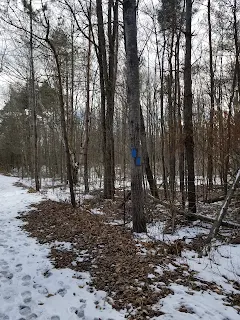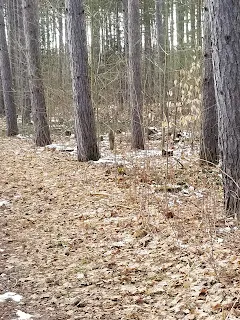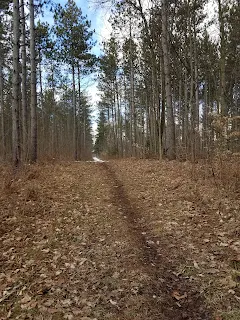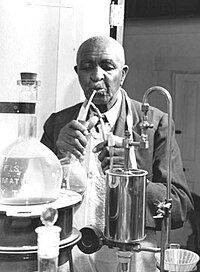Clarke Tract was established in 1949. Has 63 ha. and is available for free to be visited by the public.
It is owned and managed by the Municipality of York. Clark Tract is part of the York Regional Forest.
Address: 15015 McCowan Rd, Whitchurch-Stouffville, ON L4A 7X4
Forests are places which make us reflect on our existence. Their ecosystem, so unique and so holistic, make us wonder whether we should also try to be in harmony with the world as an ant in the forest is in harmony with the tree leaf’s.
Forests are a source of joy and refreshment on a sunny day, in ways that are hard to describe in words. They were here long before we came into existence and will be long after we are gone. They are the guardians of existence.
Prior to the industrial revolution that changed the very roots of society, humanity lived in greater harmony with the earth.
This is reflected most clearly by our past connection to trees. In the past, trees were venerated and held as symbols of fertility, wisdom, power and renewal. Across cultures and continents, the mythologies of ancient civilizations had at their core a Cosmic Tree or Tree of Life that explained our earthly existence.
Forests were of course of great importance to ancient people, and almost everywhere in the world trees grow, some forests were to be protected, and never desecrated.
In the past people went on about preserving and worshipping their forests; how they set out certain forests as sacred. “In them no axe may be laid to any tree, no branch broken, no firewood gathered, no grass burnt; and animals which have taken refuge there may not be molested.”
Forest Bathing Is a concept that encourages people to visit forests to relieve stress and improve health.
Some of the benefits of forest bathing are:
Boosts immune system -While we breathe in the fresh air, we breathe in phytoncides, airborne chemicals that plants give off to protect themselves from insects. Phytoncides have antibacterial and antifungal qualities which help plants fight disease.
When people breathe in these chemicals, our bodies respond by increasing the number and activity of a type of white blood cell called natural killer cells or NK. These cells kill tumor- and virus-infected cells in our bodies.
Lowers blood pressure - Numerous studies show that both exercising in forests and simply sitting looking at the trees reduce blood pressure as well as the stress-related hormones cortisol and adrenaline.
Reduces stress - Our lives are busier than ever with jobs, school, and family life. Trying to focus on many activities or even a single thing for long periods of time can mentally drain us, a phenomenon called Directed Attention Fatigue.
Improves mood - Spending time in nature, looking at plants, water, birds and other aspects of nature gives the cognitive portion of our brain a break, allowing us to focus better and renew our ability to be patient.
Increases ability to focus, even in children with ADHD -The part of the brain affected by attention fatigue (right prefrontal cortex) is also involved in Attention-Deficit/Hyperactivity Disorder (ADHD). Studies show that children who spend time in natural outdoor environments have a reduction in attention fatigue and children diagnosed with ADHD show a reduction in related symptoms.
Accelerates recovery from surgery or illness -Hospital patients may be stressed from a variety of factors, including pain, fear, and disruption of normal routine. Research found that patients with “green” views had shorter postoperative stays, took fewer painkillers, and had slightly fewer post surgical complications compared to those who had no view or a view of a cement wall.
Increases energy level
Improves sleep
And now more about the tract:
York Regional Forest was established in 1924. Clarke Tract was established in 1949 and has 63 ha. Today, 20 properties with an area of 2,257 hectares (5,578 acres) are owned and managed by The Regional Municipality of York. These public lands offer rich natural habitats which are home to a diversity of wildlife. They provide for a variety of recreational uses, including bird watching, dog walking, horseback riding and mountain biking.
The Dainty and Clarke tracts are two parcels of land in the York Regional Forest in Whitchurch Stouffville immediately to the south of the Patterson Tract Side Trail in Hike L23 Eldred King Woodlands.
A small parking lot on the west side of McCowan Road just south of Aurora Road provides access. The two loops are relatively flat and make for easy hiking or trail running as well as cross country skiing in winter. Together they make for approximately a 7.9 km hike. This is a good choice for a leisurely family outing although no facilities are provided save for a trail map at the parking lot.
The soil is fairly sandy and although hard packed in most areas, there are places were the sand is quite loose. Of course this soil condition is typical of the Oak Ridges Moraine where the sand serves as a natural filter for rain water. The moraine extends for approximately 200 km from the Niagara Escarpment in the west to Rice Lake in the east. As such it bisects York Region and many of the York Regional Forest Tracts are located on this moraine.
Links







































